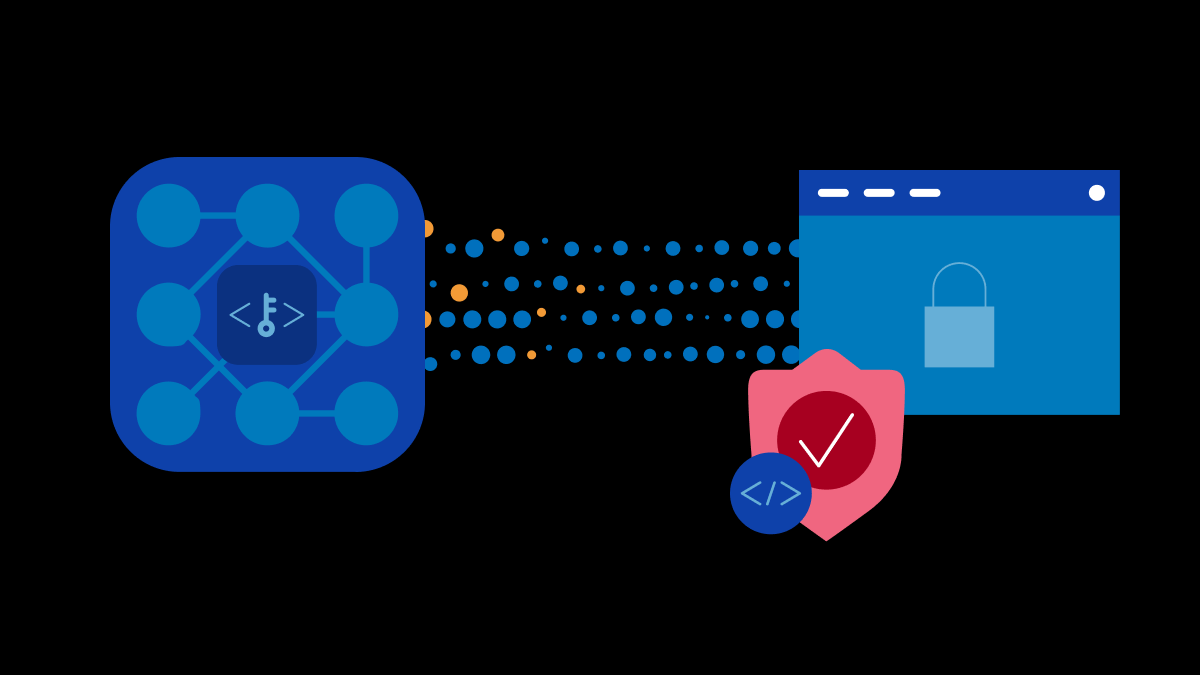Blog da F5
Leia sobre as últimas tendências em redes multicloud, segurança de API, serviços de aplicativos e transformação digital.
Postagens de blog em destaque
Todas as postagens do blog
Todas as postagens do blog
Ao integrar o F5 à arquitetura de referência do NVIDIA Cloud Partner (NCP), você conta com uma infraestrutura de IA segura e de alto desempenho, capaz de escalar com eficiência para atender workloads avançados de IA.
Christopher Burger, CISO da F5, responde às dúvidas que você pode ter sobre o incidente de segurança divulgado recentemente.
Aplicações de IA funcionam em servidores de inferência, impulsionadas por tokens — não por tráfego. Saiba por que compreender tokens e dados JSON é fundamental para criar uma infraestrutura mais inteligente.
Controlar apps de IA generativa significa aproveitar o contexto da aplicação, do ambiente e do negócio. Descubra por que ter o contexto completo gera confiança e promove a adoção.
Obtenha insights valiosos dos participantes da Pesquisa Anual F5 NGINX sobre as tendências mais recentes em tecnologia nativa da nuvem, segurança, engenharia de plataforma e IA.
Descubra como a F5 pode otimizar o desempenho do Google Cloud, reforçar a segurança e aumentar a eficiência de custos para suas iniciativas de IA.
Gostaria de entender o que as organizações podem aprender ao analisar a segurança das APIs pelo olhar do invasor? Leia nosso post no blog para descobrir.
Descubra como a F5 estabelece e implementa parâmetros adaptáveis para sistemas de IA
Descubra o novo índice de segurança em IA que revela as tendências emergentes em segurança de IA.
Escalar a IA significa ampliar a inferência. Entenda por que os servidores de inferência são essenciais para controlar o desempenho, a telemetria e a segurança em cargas de trabalho de IA em produção.


